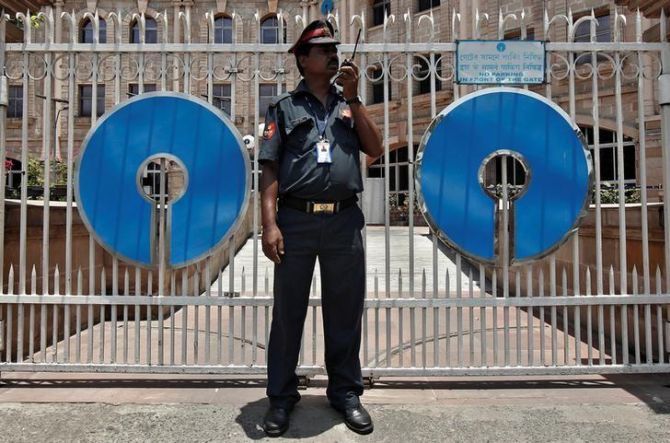The amount of loans that carry a high risk of slippage into the NPA category over the next few quarters is about Rs 2.8 trillion.

Over Rs 2.8 trillion worth of loans, where payments have remained outstanding for 60-90 days, carry the risk of slipping into the category of non-performing assets (NPAs) due to the revised framework for stressed loans.
Besides pushing up the tally of gross NPAs, this may add to the pressure on banks to make enhanced provisions.
In banking parlance, accounts that have remained unpaid for 60-90 days are termed Special Mentioned Account (SMA2). While the risk of slippage remains high, not all of them will, however, become NPAs.
In the Reserve Bank of India’s new rules, banks would have to harmonise the treatment of specific accounts across their books. If one bank has treated a particular account as an NPA, other lenders on the same account will have to treat it as an NPA in their books as well.
Going by the data in the RBI’s Financial Stability Report, SMA2 loans accounted for close to 3.5 per cent of bank loans in September 2017. The outstanding loans of scheduled commercial banks were Rs 80 trillion on September 29, 2017. Thus, the amount of loans that carry a high risk of slippage into the NPA category over the next few quarters is about Rs 2.8 trillion.
Karthik Srinivasan, group head, financial sector ratings, Icra, said the revised framework on resolution of stressed assets issued by the RBI was likely to increase the reported NPA levels of banks in the coming quarters. This is likely to be an outcome of implementation of a resolution plan for large borrowers that are currently in SMA2 categories.
Further, if banks are unable to implement a resolution plan for large borrowers with exposure to Rs 20 billion and above, these accounts will require to be referred to the National Company Law Tribunal for resolution under the Insolvency and Bankruptcy Code (IBC), 2016.
This has been the case with most companies in the RBI’s second list of defaulters, where the resolution plan failed for most borrowers and was referred to for resolution through the IBC. This is expected to further increase credit provisioning requirements for banks in FY19.
Siby Antony, managing director and CEO, Edelweiss ARC, said, “There may be an increase in bad loans due to slippages from the SMA category. The beneficial part of the framework is that selling exposures (loans) to other entities, including asset reconstruction companies, is part of the resolution plan, providing flexibility to fashion a turnaround.”
However, he added that the catch in the revised rules was that all the lenders must agree on the resolution. “While it is good in intention, it is difficult to achieve in practice,” he said.
The gross NPA ratio of scheduled commercial banks could hit the 11 per cent mark by September 2018. The overall risks to the banking sector remained elevated due to asset quality concerns. Between March and September 2017, the gross NPA advances ratio of banks increased from 9.6 per cent in March 2017 to 10.2 per cent in September 2017.
The provisioning burden will be felt most by the public sector banks (PSBs). Much of the money being infused by the government was likely to be used in providing for bad loans, bankers said.
According to an India Ratings Outlook, scheduled commercial banks may require up to Rs 890 billion of incremental provisioning for advances while transiting to the Indian Accounting Standards (IndAS). Of this, the PSBs will need Rs 631 billion, which is equivalent to an equity write-down of 1.1 per cent of banks’ risk-weighted assets and 11.5 per cent of net worth in March 2017.
Private sector banks will also need a whopping Rs 258 billion as additional provisioning.
However, their higher market capitalisation will enable a smooth transition. India Ratings believes that staggering the provisioning requirement for migrating to the IndAS regime could reduce the intensity of the impact.
Photograph: Rupak De Chowdhuri/Reuters.











